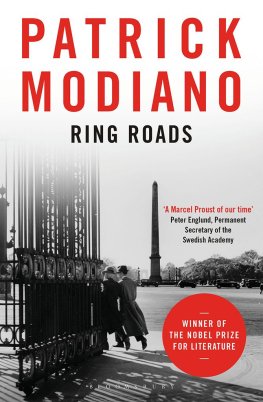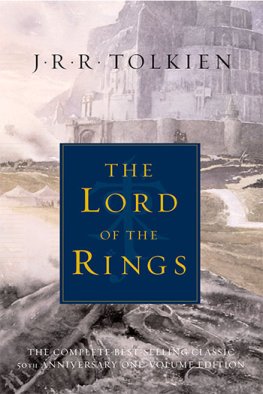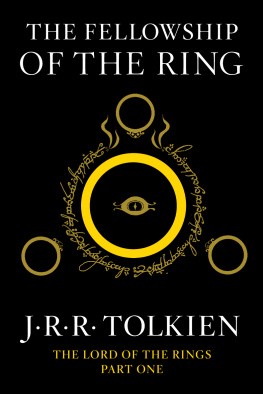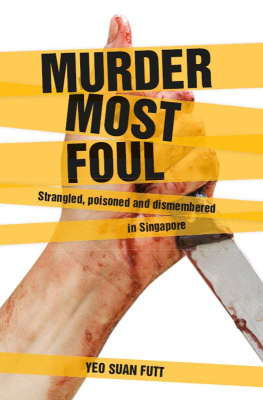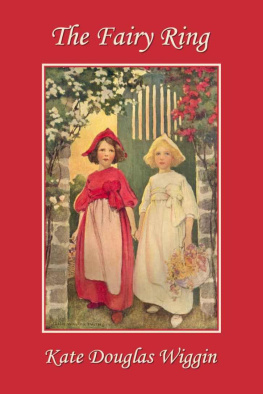Dean Spruill Fansler - Filipino Popular Tales
Here you can read online Dean Spruill Fansler - Filipino Popular Tales full text of the book (entire story) in english for free. Download pdf and epub, get meaning, cover and reviews about this ebook. year: 1921, publisher: American Folk-Lore Society, genre: Art. Description of the work, (preface) as well as reviews are available. Best literature library LitArk.com created for fans of good reading and offers a wide selection of genres:
Romance novel
Science fiction
Adventure
Detective
Science
History
Home and family
Prose
Art
Politics
Computer
Non-fiction
Religion
Business
Children
Humor
Choose a favorite category and find really read worthwhile books. Enjoy immersion in the world of imagination, feel the emotions of the characters or learn something new for yourself, make an fascinating discovery.
- Book:Filipino Popular Tales
- Author:
- Publisher:American Folk-Lore Society
- Genre:
- Year:1921
- Rating:3 / 5
- Favourites:Add to favourites
- Your mark:
- 60
- 1
- 2
- 3
- 4
- 5
Filipino Popular Tales: summary, description and annotation
We offer to read an annotation, description, summary or preface (depends on what the author of the book "Filipino Popular Tales" wrote himself). If you haven't found the necessary information about the book — write in the comments, we will try to find it.
Filipino Popular Tales — read online for free the complete book (whole text) full work
Below is the text of the book, divided by pages. System saving the place of the last page read, allows you to conveniently read the book "Filipino Popular Tales" online for free, without having to search again every time where you left off. Put a bookmark, and you can go to the page where you finished reading at any time.
Font size:
Interval:
Bookmark:
The Project Gutenberg EBook of Filipino Popular Tales, by Dean S. Fansler
This eBook is for the use of anyone anywhere at no cost and with
almost no restrictions whatsoever. You may copy it, give it away or
re-use it under the terms of the Project Gutenberg License included
with this eBook or online at www.gutenberg.org
Title: Filipino Popular Tales
Author: Dean S. Fansler
Release Date: December 9, 2008 [EBook #8299]
Language: English
*** START OF THIS PROJECT GUTENBERG EBOOK FILIPINO POPULAR TALES ***
Produced by Jeroen Hellingman
Published by the American Folk-Lore Society.
G. E. Stechert & Co., New York, Agents.
1921
Copyright, 1921
By The American Folklore Society
All rights reserved.
The folk-tales in this volume, which were collected in the Philippines during the years from 1908 to 1914, have not appeared in print before. They are given to the public now in the hope that they will be no mean or uninteresting addition to the volumes of Oriental Mrchen already in existence. The Philippine archipelago, from the very nature of its geographical position and its political history, cannot but be a significant field to the student of popular stories. Lying as it does at the very doors of China and Japan, connected as it is ethnically with the Malayan and Indian civilizations, Occidentalized as it has been for three centuries and more, it stands at the junction of East and West. It is therefore from this point of view that these tales have been put into a form convenient for reference. Their importance consists in their relationship to the body of world fiction.
The language in which these stories are presented is the language in which they were collected and written down,English. Perhaps no apology is required for not printing the vernacular herewith; nevertheless an explanation might be made. In the first place, the object in recording these tales has been a literary one, not a linguistic one. In the second place, the number of distinctly different languages represented by the originals might be baffling even to the reader interested in linguistics, especially as our method of approach has been from the point of view of cycles of stories, and not from the point of view of the separate tribes telling them. In the third place, the form of prose tales among the Filipinos is not stereotyped; and there is likely to be no less variation between two Visayan versions of the same story, or between a Tagalog and a Visayan, than between the native form and the English rendering. Clearly Spanish would not be a better medium than English: for to-day there is more English than Spanish spoken in the Islands; besides, Spanish never penetrated into the very lives of the peasants, as English penetrates to-day by way of the school-house. I have endeavored to offset the disadvantages of the foreign medium by judicious and painstaking directions to my informants in the writing-down of the tales. Only in very rare cases was there any modification of the original version by the teller, as a concession to Occidental standards. Whatever substitutions I have been able to detect I have removed. In practically every case, not only to show that these are bona fide native stories, but also to indicate their geographical distribution, I have given the name of the narrator, his native town, and his province. In many cases I have given, in addition, the source of his information. I am firmly convinced that all the tales recorded here represent genuine Filipino tradition so far as the narrators are concerned, and that nothing has been manufactured consciously.
But what is native, and what is derived? The folklore of the wild tribesNegritos, Bagobos, Igorotsis in its way no more uncontaminated than that of the Tagalogs, Pampangans, Zambals, Pangasinans, Ilocanos, Bicols, and Visayans. The traditions of these Christianized tribes present as survivals, adaptations, modifications, fully as many puzzling and fascinating problems as the popular lore of the Pagan peoples. It should be remembered, that, no matter how wild and savage and isolated a tribe may be, it is impossible to prove that there has been no contact of that tribe with the outside civilized world. Conquest is not necessary to the introduction of a story or belief. The crew of a Portuguese trading-vessel with a genial narrator on board might conceivably be a much more successful transmitting-medium than a thousand praos full of brown warriors come to stay. Clearly the problem of analyzing and tracing the story-literature of the Christianized tribes differs only in degree from that connected with the Pagan tribes. In this volume I have treated the problem entirely from the former point of view, since there has been hitherto a tendency to neglect as of small value the stories of the Christianized peoples. However, for illustrative material I have drawn freely on works dealing with the non-Christian tribes, particularly in the case of stories that appear to be native; and I shall use the term native to mean merely existent in the Islands before the Spaniards went there.
In the notes, I have attempted to answer for some of the tales the question as to what is native and what imported. I have not been able to reach a decision in the case of all, because of a lack of sufficient evidence. While the most obvious sources of importation from the Occident have been Spain and Portugal, the possibility of the introduction of French, Italian, and even Belgian stories through the medium of priests of those nationalities must not be overlooked. Furthermore, there is a no inconsiderable number of Basque sailors to be found on the small inter-island steamers that connect one end of the archipelago with the other. Even a very cursory glance at the tales in this collection reveals the fact that many of them are more or less close variants and analogues of tales distributed throughout the world. How or when this material reached the Philippines is hard to say. The importation of Arabian stories, for example, might have been made over many routes. The Hindoo beast-tales, too, might have quite circled the globe in their progress from east to west, and thus have been introduced to the Filipinos by the Spaniards and Portuguese. Again, the germs of a number of widespread Mrchen may have existed in the archipelago long before the arrival of the Europeans, and, upon the introduction of Occidental civilization and culture, have undergone a development entirely consistent with the development that took place in Europe, giving us as a result remarkably close analogues of the Western tales. This I suspect to have been the case of some of our stories where, parallel with the localized popular versions, exist printed romances (in the vernacular) with the mediaeval flavor and setting of chivalry. To give a specific case: the Visayans, Bicols, and Tagalogs in the coast towns feared the raids of Mindanao Mussulmans long before white feet trod the shores of the Islands, and many traditions of conflicts with these pirates are embedded in their legends. The Spaniard came in the sixteenth century, bringing with him stories of wars between Christians and Saracens in Europe. One result of this close analogy of actual historical situation was, I believe, a general tendency to levelling: that is, native traditions of such struggles took on the color of the Spanish romances; Spanish romances, on the other hand, which were popularized in the Islands, were very likely to be localized. A maximum of caution and a minimum of dogmatism, then, are imperative, if one is to treat at all scientifically the relationship of the stories of a composite people like the Filipinos to the stories of the rest of the world.
Font size:
Interval:
Bookmark:
Similar books «Filipino Popular Tales»
Look at similar books to Filipino Popular Tales. We have selected literature similar in name and meaning in the hope of providing readers with more options to find new, interesting, not yet read works.
Discussion, reviews of the book Filipino Popular Tales and just readers' own opinions. Leave your comments, write what you think about the work, its meaning or the main characters. Specify what exactly you liked and what you didn't like, and why you think so.


